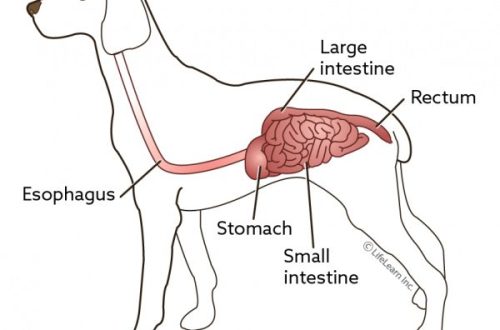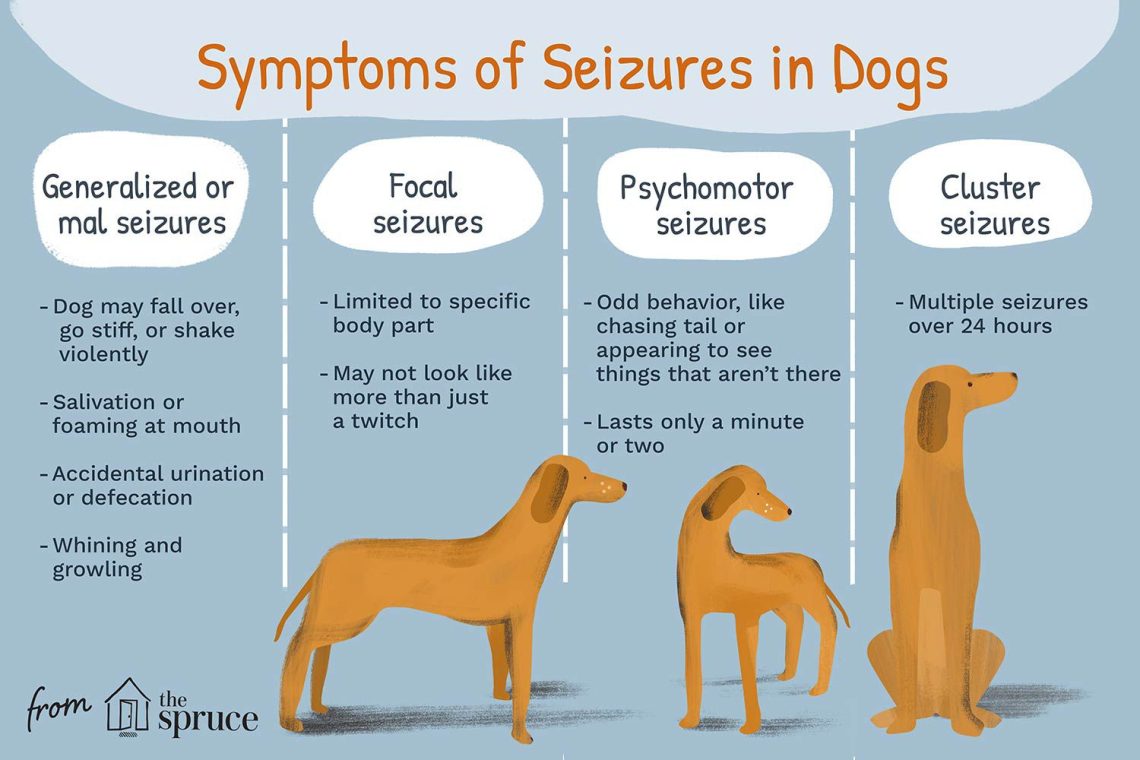
Seizures in dogs

Contents
What types of seizures are
According to the form of seizures:
Generalized – the spread of the focus to both hemispheres of the brain. Consciousness is significantly altered or lost.
Focal points (focal or partial) – a condition when a specific area of uXNUMXbuXNUMXbthe brain is affected. This causes muscle contraction exclusively on the left or right side of the body, only the muzzle may twitch. Sometimes the seizures go unnoticed – it seems that the animal is dreaming or thinking about something. Sometimes the dog completely loses control of himself.
In some cases, focal seizures can become generalized, that is, they first affect a part of the body, then the whole body is connected.
Complex partial seizures – a state in which consciousness is changed, the pupils are dilated, there is a behavior disorder – barking, licking, chewing, catching “flies”, aggression, muscle twitching in the muzzle.
According to the form of muscle contractions:
Clonic – these are active contractions of the muscles of the muzzle or limbs. Often, owners mistake their tremor (trembling) for spasms in the hind legs of a dog.
Tonic – convulsions in a dog, in which the body and legs are tense, maximally extended, and the head, as it were, stretches towards the tail along the spine. This condition, when the animal arches over the back, is called opisthotonus and is not common.
Tonic-clonic represent the alternation of tonic and clonic periods. You may notice enlarged pupils, drooling, involuntary defecation (a bowel movement), and urination. This condition is more common.
Myoclonic cramps are muscle contractions in which one muscle or a small group of them is involved. Usually they can be observed on the muzzle, neck, front legs.

Causes of Seizures in Dogs
There is a common misconception that seizures in dogs are always caused by epilepsy. In fact, this is not true at all. Let’s see how the causes of convulsive phenomena are tied to the age of the pet.
Up to a year:
malformations (hydrocephalus – “dropsy” of the brain);
metabolic disorders. For example, porto-caval shunt (an abnormal connection of the portal vein branches, in which part of them bypasses the liver, and toxic metabolic products constantly poison the dog), puppy hypoglycemia (a rapid drop in blood glucose levels), it is often observed in dwarf breeds;
infection (plague).
Ages XNUMX to XNUMX:
idiopathic epilepsy (arising independently, for an unknown reason);
infection;
metabolic disorders;
developmental defects.
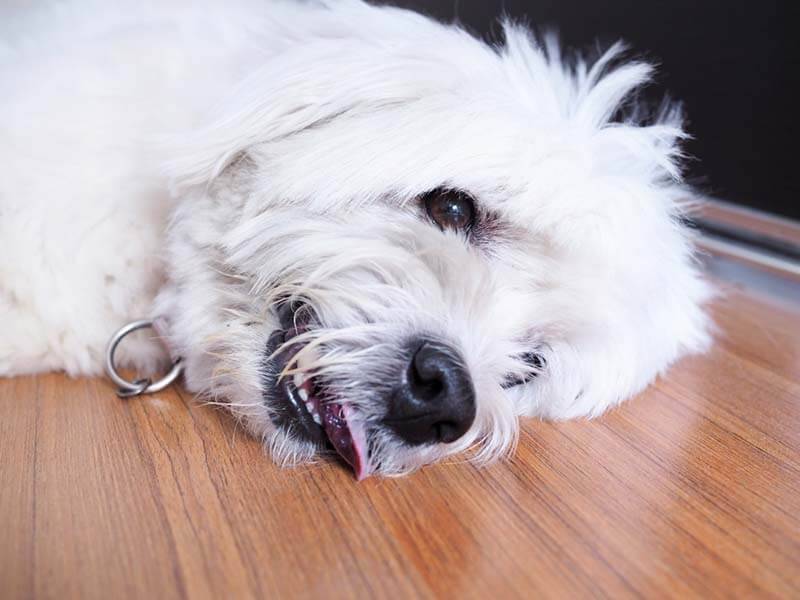
Over five years old:
tumors (meningiomas, metastases);
metabolic disorders.
Any age:
rabies;
trauma;
poisoning;
hypersensitivity reactions;
in pregnant and lactating bitches – eclampsia (a drop in the level of calcium in the blood).

First aid for a dog with seizures
Convulsions always frighten the owner, however, you should not immediately try to help the animal. As a rule, the active actions of the owner can only do harm. Further in detail, we will figure out what to do if the dog has convulsions.
When this is not your pet, and you do not know if he is vaccinated, and the attack was preceded by inappropriate behavior and salivation, then it is better to move away, he may have rabies. Also keep people, children, and other pets away. Find the phone number of the nearest regional AIBW (animal disease control service) and dial it. Follow the recommendations of experts exactly.
If convulsions occur in your pet, or in another pet vaccinated against rabies that has not been in contact with animals that could be sick, then the algorithm of actions is as follows:
place the dog on the floor, away from corners and furniture, so that self-injury does not occur
remember the exact time of the beginning and end of the attack, their frequency, if there were several
make a video (this is the most important information for a doctor!)
remember immediately what preceded the convulsions (the pet was sleeping or picked up something on a walk, behaved somehow strangely)
at the end of the attack, do not try to grab the dog, hug it, do not make loud noises. Let her recover as gently as possible.
dim the lights and sounds. If there is any stimulus that may be a trigger (stimulus), remove it
find the nearest veterinary clinic that is ready to accept a neurological patient when the dog’s seizure is prolonged and convulsions do not go away.
If convulsions occurred in a puppy of small dog breeds: Chihuahua, Yorkie, Spitz after an unusually long break in feeding or stress, then as part of the first aid, it makes sense to pour saturated sugar syrup (as sweet as possible) into the mouth in a volume of 1-2 ml . When it comes to puppy cramps due to hypoglycemia, he will immediately get better. Just make sure that the baby does not inhale the syrup.
If the condition has appeared in a pregnant or lactating bitch, you need to urgently go to the clinic. It is possible that this is eclampsia (a drop in calcium levels), and intravenous injections will be required.

Diagnostics
As mentioned earlier, it is necessary to try to provide the doctor with the most detailed picture of what happened. Usually, in 50-60% of cases, according to the anamnesis (a medical history compiled from the words of the owner), the doctor will be able to establish a fairly accurate cause of seizures.
Most often, it is not possible to immediately get to a neurologist, and the patient is accepted by a therapist. If the condition is severe, then intensive therapy is carried out first. If the patient is stable, then we are talking about the primary examination.
Examination before the appointment of a neurologist consists of:
Laboratory diagnostics (general clinical blood test to detect clinically significant anemia, inflammation)
Blood chemistry. It helps to detect problems with the liver (hepatoencephalopathy), kidney problems (uremic encephalopathy), increased levels of fats in the blood (hyperlipidemia), levels of potassium, phosphorus.
Hormonal studies – identify problems with the thyroid gland, which can also cause cramps.
Glucometry is a method that helps to control the rise and fall of blood sugar levels.
A general urine test will make it possible to diagnose kidney pathology, poisoning, and diabetes mellitus.
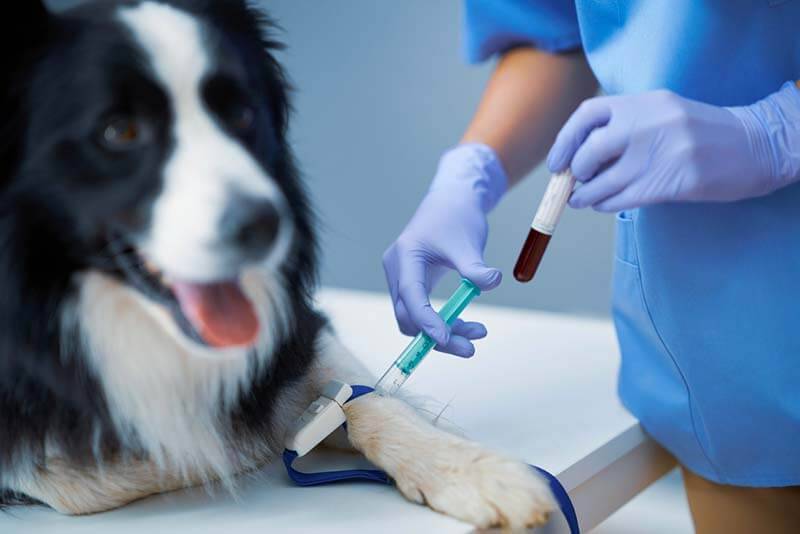
This is a standard set of studies that will help in the diagnosis and exclude diseases that most often lead to the manifestation of a convulsive syndrome. Of course, some studies included in the list may not be assigned, some may be added additionally.
In addition to being a possible clue to the diagnosis, this examination will be an excellent aid in assessing the anesthetic risks (probability of complications) during further examination and will assist in the choice of anticonvulsants if necessary.
If the studies did not give answers to questions, the patient is referred to a narrow specialist – a neurologist. A neurological examination is carried out, most likely an MRI is prescribed.
Indications for MRI:
clinical manifestation of brain damage (determined during a neurological examination)
neurological deficit (impaired physiological movement and/or sensation)
the desire and ability of the owners to conduct a full examination
Treatment
Treatment for seizures should always be prescribed by a veterinarian. Ideally, a neurologist. If such a specialist is not available, then a therapist.
When convulsions are a symptom of any particular established cause, the treatment is, of course, to eliminate it.
For example, with a decrease in sugar (usually such convulsions occur in a puppy) or calcium in the blood (more often – pregnant and lactating females), the introduction of the missing elements will be prescribed, in case of injury – relief (removal) of edema and bleeding. In case of poisoning – the removal of the toxic substance from the body, the introduction of an antidote (antidote), if any. With a porto-caval shunt (usually, these are puppies at the age of about five months, losing weight with high activity), surgical treatment, with intoxication associated with inefficient liver and kidney function, it is necessary to control their work, possibly dialysis procedures (blood purification).
If the cause could not be established, then idiopathic epilepsy is diagnosed. It is believed that with this disease the number of attacks does not exceed four per year. This condition does not require the use of anticonvulsants (anticonvulsants).
Let’s look at situations in which anticonvulsants for dogs should be used:
epistatus (a series of seizures, between them the patient does not regain consciousness)
duration of attacks more than 10 minutes
multiple attacks over several days/weeks
tendency to increase seizures
structural epilepsy (developing after trauma, infection, against the background of a malformation of the brain)
more than 1 seizure in 3 months
The main two drugs used for epilepsy in dogs are Pagluferal (1,2,3) and Levetiracetam (trade names are Keppra, Epithema, Epikepran). Never use them without a doctor’s prescription!
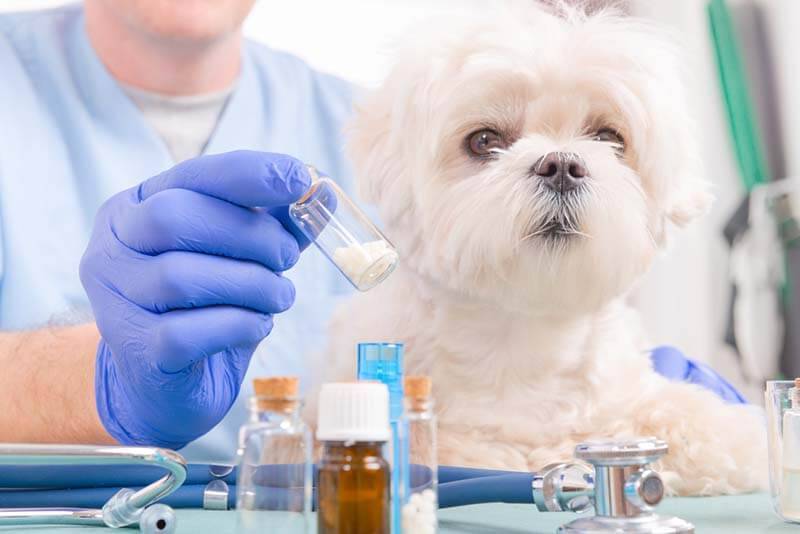
Seizures in dogs – summary
If you see that your pet is having seizures, and there is a chance that the cause of this condition is rabies, do not touch it. Get as far away from everyone as possible and call for help. The local WBBJ will give you detailed instructions, follow them. Rabies is incurable, deadly and common in Russia. Don’t risk your life.
If you are sure that the causes of seizures are not rabies, place the animal on the floor, away from dangerous objects, note the time of the attack, shoot a video, remember all the circumstances in detail. This will give the doctor valuable information, help to make a diagnosis.
The diagnostic plan is to exclude reactive (appeared against the background of intoxication, metabolic problems) and structural convulsions (after trauma, against the background of a malformation of the brain, neoplasms). If these variants are not confirmed, then idiopathic epilepsy is diagnosed.
Treatment of idiopathic epilepsy is always prescribed by a veterinarian, it does not allow self-medication.
Answers to frequently asked questions





